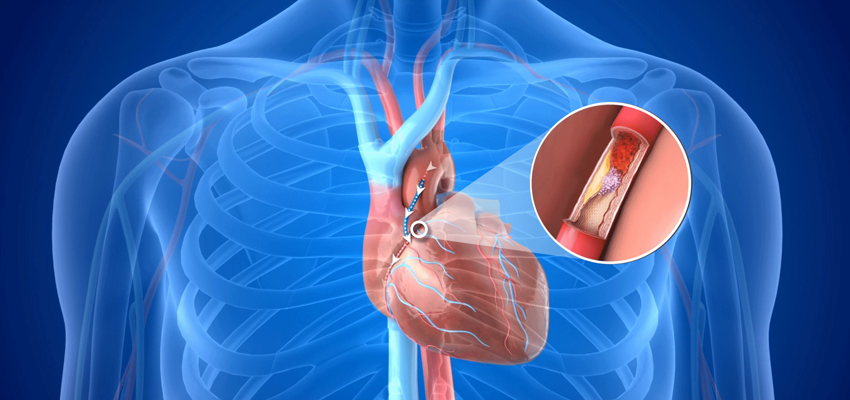Coronary Artery Bypass Graft Surgery

Coronary Artery Bypass Graft (CABG) Surgery
General Information (Know Your Surgery) :
Commonly known as open-heart surgery.
Here, we use vessels (most commonly arteries) to create new path of blood flow in these blocked arteries thereby increasing the blood flow to the heart.
The primary difference in Angioplasty and CABG is that in Angioplasty a stent (medicated metal tube) is placed across the blocked segment of the artery, whereas in CABG surgery a new natural blood flow is established beyond the blocked arteries using arteries from the chest wall or hand thereby reducing the incidence of re-blockage in the other part of the blood vessel. Angioplasty should be offered when the vessel is diseased only in one part of one or two vessels (focal lesion). If multiple vessels are blocked at multiple parts of the vessels, CABG is preferred.
Know the technique :
Over the last couple of years, we have been experiencing that the entire segment of coronary vessels (one, two or all three) are having blockages making it challenging for Angioplasty and CABG.
This is where Dr. Lokesh Sreedharan has an expertise to do an endarterectomy which involves removal of the entire stretch of blockage and then giving a new blood supply.
He also prioritizes Total arterial CABG. Here arteries are preferred as choice of conduits (path) for revascularization (giving new blood supply). These could be from the chest wall (LIMA-RIMA) or could be from chest wall and forearm of the non-dominant hand (LIMA-radial). These aterial grafts tend to have better long term results in CABG.
All CABG surgeries are done on beating heart, where new blood vessels are surgically sutured (sewed) without stopping the heart. This reduces the risk of any complications due to stopping of the heart.
Know the method :
Conventional: Routine open heart CABG performed by cutting through the chest bone (sternum). The scar would be around 7-8 inches in the centre of the chest. Patients normally spend 2-3 days in ICU.
MICAS: Minimally invasive coronary artery surgery. Small cut (3-4 inches) is made in the left side of the chest wall. Patients spend 1-2 days in ICU.
Know the Hospital Course :
Patient is admitted to hospital after all the necessary blood investigations and scans.
After CABG surgery, patient spends 2 days in ICU. Once stable, patient is shifted to the room, they are made to walk. They can have the routine food under the guidance of the dietician. They are made to do some basic exercises and physiotherapy.
At 5th day, if all ok patients are sent home.
Know the discharge advise :
-
Daily walking and self care
-
Timely medicines
-
Well balanced and healthy diet
-
Avoid all unhealthy habits
-
Timely follow up
Know what to avoid :
-
No lifting of weights
-
Avoid spicy food
-
Going into crowded places
-
Self-medication (inform or discuss with the doctor if having any complaints)